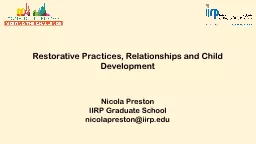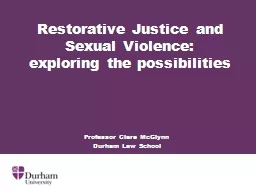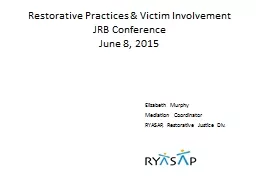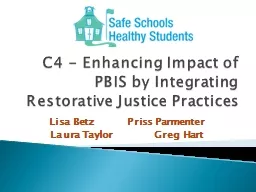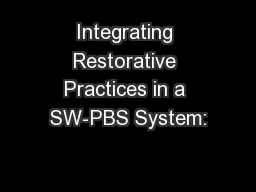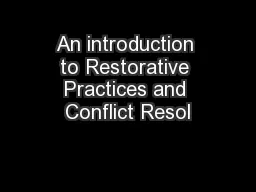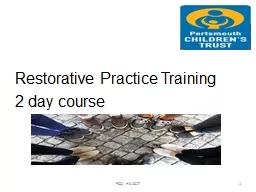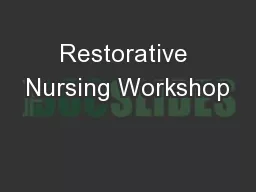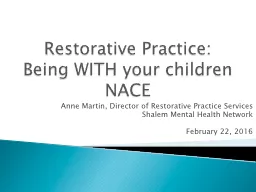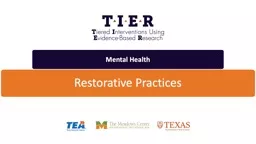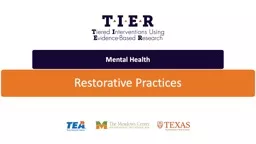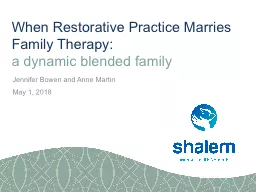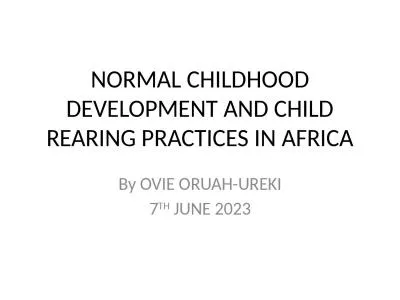PPT-Restorative Practices, Relationships and Child Development
Author : debby-jeon | Published Date : 2017-12-31
Nicola Preston IIRP Graduate School nicolaprestoniirpedu When relationships are reliably responsive and supportive they can actually buffer young children from the
Presentation Embed Code
Download Presentation
Download Presentation The PPT/PDF document "Restorative Practices, Relationships and..." is the property of its rightful owner. Permission is granted to download and print the materials on this website for personal, non-commercial use only, and to display it on your personal computer provided you do not modify the materials and that you retain all copyright notices contained in the materials. By downloading content from our website, you accept the terms of this agreement.
Restorative Practices, Relationships and Child Development: Transcript
Download Rules Of Document
"Restorative Practices, Relationships and Child Development"The content belongs to its owner. You may download and print it for personal use, without modification, and keep all copyright notices. By downloading, you agree to these terms.
Related Documents

